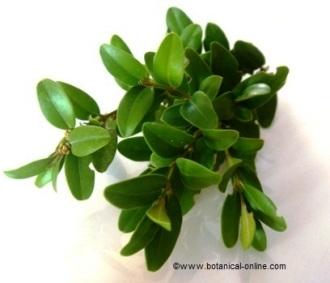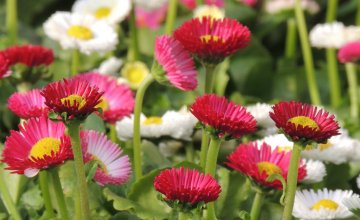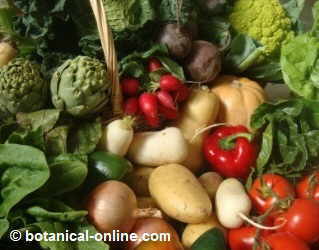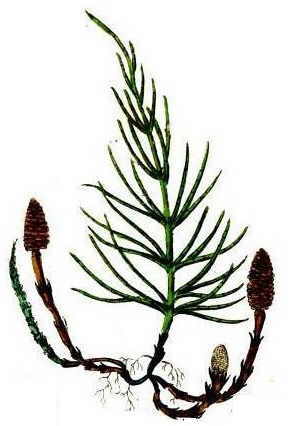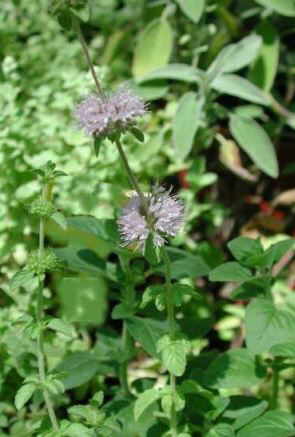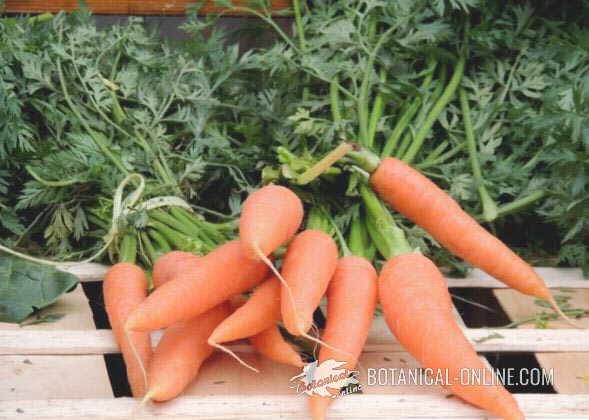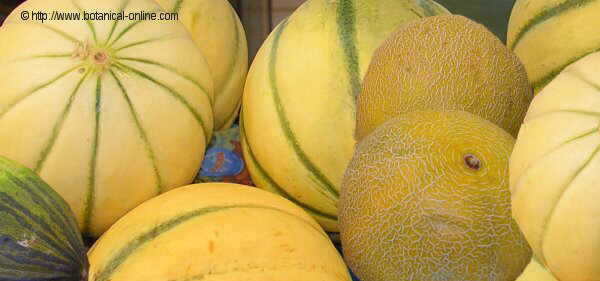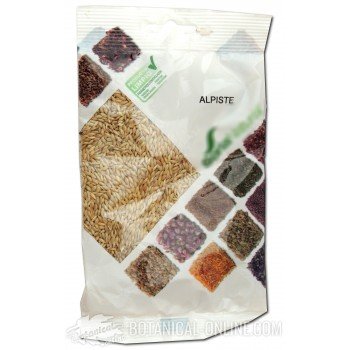NUTRITIONAL COMPOSITION TABLE OF VEGETABLES
(Table 1) Food composition of some leafy vegetables and stems, per 100 g of fresh vegetables | ||
| water | fats | |
| Alfalfa sprouts | 91,1 g | 0,69 g |
| Chard | 92,6 g | 0,20 g |
| Artichokes | 84,9 g | 0,15 g |
| Amaranth (leaves) | 91,6 g | 0,33 g |
| Celery | 94,6 g | 0,14 g |
| Watercress (Nasturtium officinale) | 95,1 g | 0,10 g |
| Borage | 93 g | 0,70 g |
| Broccoli | 90,6 g | 0,35 g |
| Corn salad | 92,8 g | 0,40 g |
| Thistles | 94 g | 0,10 g |
| Cabbage | 92,1 g | 0,27 g |
| Brussels sprouts | 86 g | 0,30 g |
| Cauliflowers | 91,9 g | 0,21 g |
| Dandelion | 85,6 g | 0,70 g |
| Endives | 93,7 g | 0,20 g |
| Asparagus | 92,4 gr. | 0,17 g |
| Spinach | 92, 2g | 0,30 g |
| Lettuce | 95,5 g | 0,2 g |
| Garden cress (Lepidium sativum) | 89,4 g | 0,70 g |
| Purslane | 93,92 g | 0, 10 g |
(Table 1) Food composition of some leafy vegetables and stems, per 100 g of fresh vegetables | ||
| Carbohydrates | Calories | |
| Alfalfa sprouts | 3,78 g | 29 kcal |
| Chard | 3,74 g | 19 kcal |
| Artichokes | 10,5 g | 47 Kcal |
| Amaranth (leaves) | 4, 03g | 23 kcal |
| Celery | 3,65 g | 16 Kcal |
| Watercress (Nasturtium officinale) | 1,29 g | 11 kcal |
| Borage | 3, 06 g | 21 kcal |
| Broccoli | 5,24 g | 28 kcal |
| Corn salad | 3,6 g | 21 kcal |
| Thistles | 4,8 g | 20 Kcal |
| Cabbage | 5,43 g | 25 Kcal |
| Brussels sprouts | 8,96 g | 43 Kcal |
| Cauliflowers | 5,20 g | 25 kcal |
| Dandelion | 9,20 g | 45 kcal |
| Endives | 3,3 g | 17 Kcal |
| Asparagus | 4,54 g | 23 Kcal |
| Spinach | 3, 90 g | 22 Kcal |
| Lettuce | 2,3 g | 13 Kcal |
| Garden cress (Lepidium sativum) | 5, 5 g | 32 kcal |
| Purslane | 3, 43 g | 16 kcal |
(Table 2) Food composition of some leafy vegetables and stems, per 100 g of fresh vegetables | ||
| potassium | sodium | |
| Alfalfa sprouts | 79 mg | 6 mg |
| Chard | 379 mg | 213 mg |
| Artichokes | 370 mg | 94 mg |
| Amaranth (leaves) | 611 mg | 20 mg |
| Celery | 287 mg | 87 mg |
| Watercress (Nasturtium officinale) | 325 mg | 27 mg |
| Borage | 330 mg | 41 mg |
| Broccoli | 470 mg | 80 mg |
| Corn salad | 459 mg | 4 mg |
| Thistles | 400 gr. | 170 mg. |
| Cabbage | 0,27 g | 5,43 g |
| Brussels sprouts | 389 mg | 25 mg |
| Cauliflowers | 246 mg | 18 mg |
| Dandelion | 397 mg | 76 mg |
| Endives | 314 mg | 22 mg |
| Asparagus | 273 mg | 2 mg |
| Spinach | 449 mg | 21 mg |
| Lettuce | 257 mg | 5 mg g |
| Garden cress (Lepidium sativum) | 606 mg | 14 mg |
| Purslane | 494 mg | 45 mg |
(Table 2) Food composition of some leafy vegetables and stems, per 100 g of fresh vegetables | ||
| magnesium | Calcium | |
| Alfalfa sprouts | 27 mg | 32 mg |
| Chard | 81 mg | 51 mg |
| Artichokes | 60 mg | 44 mg |
| Amaranth (leaves) | 55 mg | 215 mg |
| Celery | 11 mg | 40 mg |
| Watercress (Nasturtium officinale) | 25 mg | 48 mg |
| Borage | 21 mg | 120 mg |
| Broccoli | 52 mg | 93 mg |
| Corn salad | 13 mg | 38 mg |
| Thistles | 60 mg | 44 mg |
| Cabbage | 15 mg | 47 mg |
| Brussels sprouts | 23 mg | 42 mg |
| Cauliflowers | 15 mg | 22 mg |
| Dandelion | 36 mg | 187 mg |
| Endives | 15 mg | 52 mg |
| Asparagus | 18 mg | 21 mg |
| Spinach | 11 mg | 210 mg |
| Lettuce | 12 mg | 32 mg |
| Garden cress (Lepidium sativum) | 38 mg | 81 mg |
| Purslane | 68 mg | 65 mg |
What are the most important phytochemicals in vegetables?
The main phytochemicals of vegetables are the following:
- Beta-carotenes: They inhibit the formation of cancerous tumors, especially lung cancer and breast cancer, help maintain good skin health, good vision state and protect against infection. The main vegetables that contain these principles are spinach, watercress and broccoli.
- Lutein: It helps preserve vision by preventing vision loss. The main foods with lutein are spinach or lettuce.
- Coumestans: Alfalfa sprouts, cabbage or clover leaves are rich in this phytochemical.
- Indoles: Among these the most important are sulforaphane and indole-3-carbinol. The latter helps reduce estrogen, preventing the development of breast cancer. Indoles generally neutralize toxic substances which may be responsible for the development of cancerous tumors. Among the foods rich in these components we have all the plants from the cruciferous family (cabbage and similar plants)
- Chlorophyll: All vegetables are rich in chlorophyll. Chlorophyll, from a food standpoint, has antioxidant properties, helps the liver and kidneys to eliminate toxins and promotes blood circulation by means of lowering cholesterol and triglycerides. It also protects the skin and helps heal wounds and infections. Although not scientifically proven, many people with arthritis and osteoarthritis say they help reduce joint inflammation. It is thought that it may also help fix calcium, so it might be useful in the treatment of osteoporosis. Chlorophyll appears in the green parts of plants, so it is imperative to keep our vegetables tender to prevent this degradation.
- Isothiocyanates: They are present mainly in the cabbage family that, according to studies conducted in France, seem to slow the growth of cancer cells in the lungs, both in smokers and in nonsmokers. Its antioxidant effects are responsible for this property. In another California study, people who ate a lot of Brussels sprouts or broccoli were less likely to develop lung cancer even in front of people who ate other vegetables. It was found that this protection was more effective for people who had a genetic predisposition to this disease, manifested by the inactivity of the genes GSTM1 and GSTT1, which are responsible for producing enzymes that neutralize cancer-causing toxins.
- Ferulic acid: It is a great antioxidant, able to inhibit the growth of cancerous tumors. It stimulates the defense system, protects the liver and prevents attacks of herpes. It is found in spinach.
- P-coumaric-acid: Found in cabbage, cauliflower and spinach, it is able to neutralize the negative effects of nitrosamines. Nitrosamines are components which are formed in our body under the influence of nitrates. Nitrates come from food preservatives added to food to avoid them to be spoilt. They can also come from contaminated food, including vegetables. It has been found that nitrosamines have a negative effect on the body, being able to produce numerous diseases, including cancer.
![]() More information on vegetables
More information on vegetables
This article was endorsed by Elisenda Carballido - Dietitian nutritionist. Postgraduate in Phytotherapy and master in Nutrition and Metabolism.

